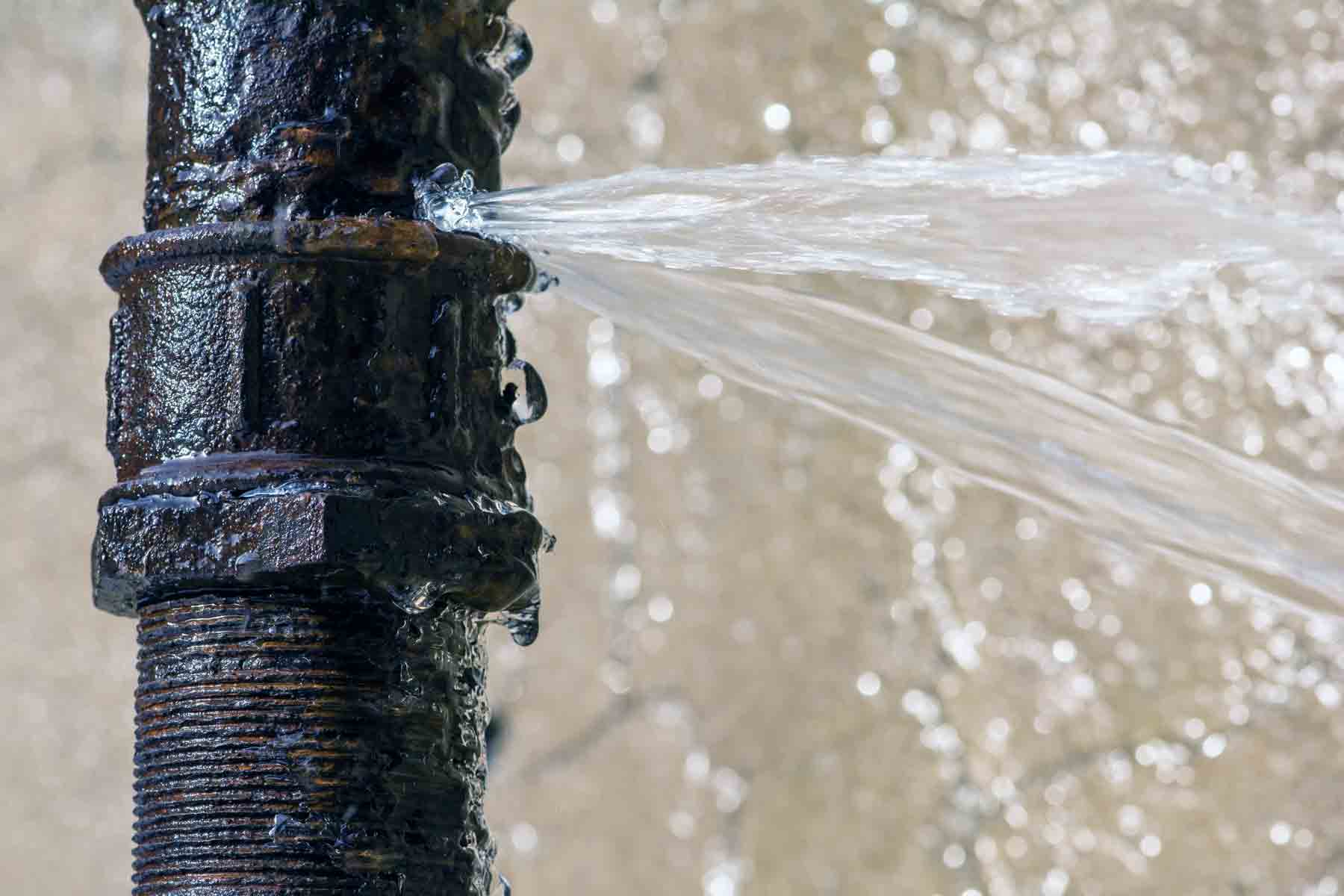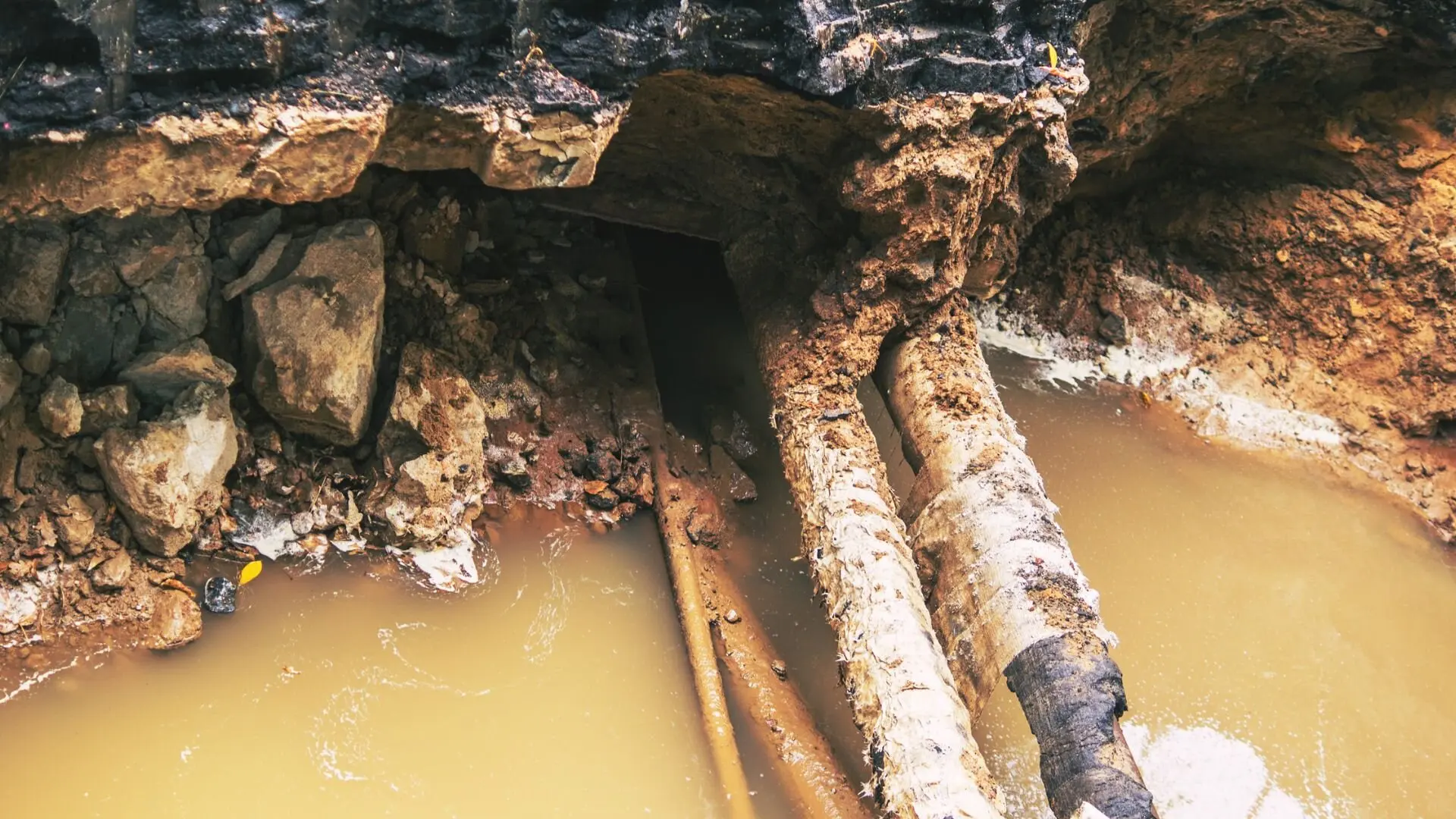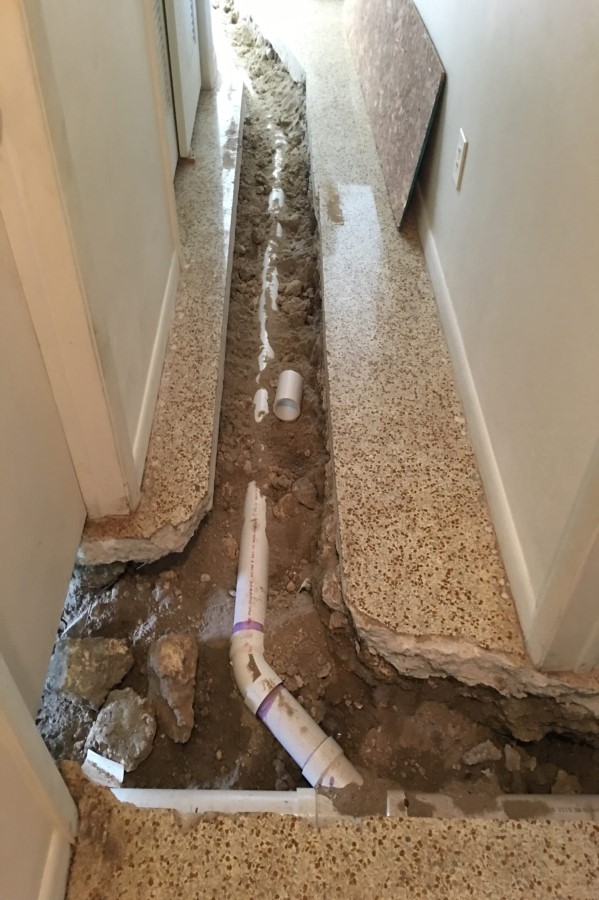Understanding the Causes of a Burst Pipe and How to Prevent It
Understanding the Causes of a Burst Pipe and How to Prevent It
Blog Article
Avoiding Burst Water Lines: Important Tips to Shield Your Plumbing
Avoiding burst pipelines is an important issue for house owners, particularly during colder months when the threat of cold is increased. Applying critical actions such as appropriate insulation, regular inspections, and keeping regular indoor temperatures can considerably lower the probability of pipe failure.
Understand Pipeline Vulnerabilities
Recognizing pipe vulnerabilities is essential for reliable plumbing upkeep and preventing expensive damages. Numerous elements contribute to the sensitivity of pipes to bursts, consisting of material structure, age, and ecological conditions. Older pipes, particularly those made from galvanized steel or polybutylene, typically degrade with time, bring about increased danger of leaks and ruptures.
Temperature changes can also dramatically impact pipe stability. In cooler environments, water trapped in pipes can ice up, broadening and putting in pressure on the pipe walls, which may ultimately lead to a burst. In addition, high water stress can stress pipes, especially at bends and joints, increasing the probability of failure.

Insulate Pipeline Properly
Appropriate insulation of pipelines is essential for protecting against freezing and subsequent bursts during chilly climate (burst pipe). Protecting your pipes system effectively safeguards against temperature drops that can cause costly damage. Begin by identifying vulnerable areas where pipes are subjected to outside temperatures, such as cellars, attics, and exterior walls
Usage foam pipe insulation sleeves or wrap insulation tape around these areas to give a protective barrier. Make sure that all sections of the pipelines, especially those with restricted warmth exposure, obtain adequate insulation. Pay unique attention to joints and fittings, as these are much more susceptible to cold.
When protecting, it's necessary to pick materials that fulfill regional building regulations and are suitable for the particular setting. Fiberglass insulation is frequently advised for its thermal resistance buildings. Additionally, think about using warmth cords or tape in severe problems, which can be plugged in to provide supplementary warm
Consistently evaluate protected pipelines for any indications of wear or damages, as jeopardized insulation can lessen its performance. By taking these positive steps, you significantly minimize the risk of pipeline bursts, ensuring a reliable pipes system throughout the winter season.
Maintain Consistent Temperature
A secure interior temperature level is vital for protecting against ruptured pipes during the freezing months. When temperature levels decline, water within pipelines can freeze, increasing and creating pressure that might inevitably cause the pipes to ruptured. To minimize navigate to this site this risk, property owners must preserve a regular temperature throughout their living space, ideally no less than 55 ° F(13 ° C)Using a programmable thermostat can assist handle interior temperature levels effectively, guaranteeing that areas with pipes continue to be cozy also when your home is unoccupied. Pay special attention to locations that are much more susceptible to cold, such as basements, attics, and garages. Maintaining closet doors open under sinks can likewise permit warmer air from the home to distribute around plumbing.
This small circulation of water can prevent cold by relieving pressure within the pipes. By executing these approaches, property owners can dramatically reduce the risk of pipeline ruptureds and secure their pipes systems versus the rough winter months aspects.
Frequently Evaluate Plumbing
Normal examinations of pipes systems are vital for protecting against burst pipelines and keeping general home stability. Throughout these inspections, it is essential to examine noticeable pipelines for indications of deterioration, leakages, or wear.
In addition, evaluating links and joints is vital, as these factors are frequently vulnerable to leaks. Homeowners need to likewise assess water stress degrees, as too much pressure can stress the pipes system and boost the risk of pipeline bursts.
Consider scheduling specialist plumbing inspections at least when a year, specifically prior to wintertime, to ensure your system is prepared for chillier temperature levels. By being aggressive in your approach, you can guard your home against the disruptive and expensive repercussions of burst pipelines.
Know Emergency Situation Treatments
Recognizing emergency procedures is important for each homeowner, especially after conducting routine plumbing assessments. Being planned for a pipes emergency situation can considerably reduce damage and save expenses. Situate your primary water shut-off valve; it is normally discovered near the water meter or where the primary line enters your home. Familiarize yourself with its operation, as turning off the find out here water supply quickly can prevent considerable flooding.
Next, maintain essential devices helpful. A plumbing emergency situation set should consist of a wrench, plunger, and towels, as well as a flashlight and a bucket for little leaks. Furthermore, consider having the call info for a trusted plumbing conveniently available, needs to the situation intensify past your control.
If you identify a leak or burst pipeline, right away switch off the supply of water and inform your plumbing. Record the damage with photos for insurance purposes. Recognize the signs of prospective plumbing issues, such as unusual water stress changes or damp Extra resources places on walls
Eventually, positive understanding and swift activity are vital in managing plumbing emergency situations, guaranteeing your home remains secured and lessening possible damage.

Conclusion
To conclude, preventing ruptured pipelines requires a multifaceted approach that consists of understanding pipe susceptabilities, correct insulation, keeping consistent interior temperatures, routine assessments, and understanding of emergency treatments. By executing these necessary approaches, the danger of pipes failures can be significantly reduced, consequently ensuring the longevity and performance of the plumbing system. Proactive actions not just safeguard against potential damage however also add to overall water preservation and the protection of property.
In chillier climates, water entraped in pipes can freeze, increasing and putting in pressure on the pipe wall surfaces, which may eventually lead to a burst. When temperature levels drop, water within pipes can ice up, developing and increasing pressure that may eventually create the pipelines to burst. By carrying out these strategies, homeowners can dramatically decrease the danger of pipeline ruptureds and safeguard their pipes systems against the severe wintertime components.

Report this page